From Feb 13 to 24, 2012, we took a group of photographers to Nagano to photograph the amazing Snow Monkeys for three days, and then on to Hokkaido for a further nine days for my Winter Wildlife Wonderland tour here in Japan. Last week we looked at some of my images from the first six days, including the adorable Snow Monkeys and majestic Red-Crowned Cranes, and we started to look at some Whooper Swan photos from the sixth day, at Kussharo Lake.
In previous years, I’ve gone through a blow by blow account of our entire trip, usually requiring a three or four episode series of Podcasts to get through it, but the content of our trip this year was pretty much exactly the same as 2011, so we’ll keep it relatively short this year, concluding a two part series today with another 12 images of the 60 that I whittled my selection down to. If you want to hear more detail on the locations we visited, do go back and listen to episodes 279, 281 and 282 from 2011 as well.
We pick up the trail on day six, with this photo of two Whooper Swans flying into the distance over the the Kussharo Lake. I have a number of images in the set with the swans flying towards me, but this is one of my favorite flight shots, with the swans flying away, probably leaving for the day to where they’ll spend the night.
The swans in this shot almost mirror each others wing position and the relatively shallow depth of field raises them or separates them from the background really well, especially when viewed large. I’ve started to post images at 1280 pixels wide, and if you open your browser window up as wide as it will go and click on the images you’ll be able to see a reasonable amount of detail.
The following morning, we got up for another dawn shoot, and made our way to the Bihoro Pass and climbed a short way up the snow covered mountain to a view point above the Kussharo Lake. We were welcomed by a beautiful new moon above the lake, so I shot this at 95mm with my 70-200mm lens, at 06:05. I love the colors in the sky as the sun nears the horizon on a clear day at this location.
The temperature on this morning was -17°C in the town at which we’d stopped a few hundred meters lower than this, so the temperature on the mountain was probably around -20°C, but there was a significant wind chill this morning, so it actually felt colder than a calm -26°C at the river when we got the beautiful mist and frosty trees that we looked at last week. Don’t let that put you off though, if you are thinking of joining us at some point. The cold is harsh, but with good planning and the proper gear, we always make it through OK, with some good stories to tell afterwards. As Sir Rannulph Fiennes said…
“There is no such thing as bad weather, only inappropriate clothing.”
Later that day, a bit of luck and fast reflexes resulted in one of my favorite shots from the trip. I was laying down in the snow again, trying to get another low perspective shot of a swan spreading its wings, when a tiny dusky thrush appeared on the stones at the edge of the water. I had a second to zoom a little and recompose the shot, and hit the back focus button to focus on the thrush, just as he poised to take off. I fired off two frames, one with him poising, and this is the second, as he took off.
Again, there’s a swan in the mist to the left which I really like, and although the little thrush was too fast even for the 500th of a second shutter speed that would have been perfect for a swan flapping, the resulting image is enough to make me happy. On occasions like this, I’m happy to call the movement blur artistic.
The following morning, we headed out early again for a sunrise at Mashuu Lake. This year the Mashuu Lake was totally frozen, with wonderful patterns in the ice, and in the drifted snow that had settled on the ice. I shot this wide with my 16-35mm lens at 16mm, and pointed my camera upwards to what at the time looked like a relatively uneventful sky, but I trusted in Nik Software’s Silver Efex Pro 2 to bring out some beautiful detail in the wispy cloud cover, and also accentuate the difference in brightness in the sky from where the sun was on the horizon on the right side, compared to the still relatively dark left side of the frame.
The last shot was from the view point next to the car park, but just a little further along from there, I found a beautiful silver birch tree, which I included in this shot.
This is a slight change to my usual style, but the patterns of the tree against the lake appealed to me, so I lined it up with the tiny island in the middle of the lake between the two thickest branches on the tree, and stopped down to F22. If that makes you cringe because of the softness caused by diffraction, don’t worry. The new 70-200mm F2.8 L lens suffers very little from diffraction, besides this was the only way I could get the background details almost totally sharp at this focal length and focusing distance. This might be another reason to upgrade to this version two lens if you like to shoot with very deep depth-of-field, although I personally only do this very occasionally.
After breakfast, on the way out of town, to travel to Rausu, the fishing town where we’d photograph the Sea Eagles, we made a stop at Iouzan, which translates as Sulphur Mountain, when I got this whacky shot.
We shot here last year too, but this year it was clear, but cold, so the steam was insane. As I composed and shot a few frames, the sun almost broke through the steam, creating a much more contrasty and detailed shot than I’d seen to that point. I was shooting in manual mode though, as I usually do, but this was one of those times that it cost me the shot, and rather than adjusting to the new exposure, I went to Aperture Priority and knowing that the top of the screen would have the sun poking through, I added 2/3 of a stop of exposure compensation, to stop the bottom of the shot from going too dark.
The sun didn’t break through the steam again for a while, and I’d set this photo stop to just thirty minutes, as we needed to make some ground to Rausu, and I didn’t expect much of a shot here. It was more of a sight seeing stop. I was running out of time quickly, but I stood at the same spot waiting for the sun to break through again and it did, with about two minutes to spare, so I was able to get a few frames that I like. The result is that I blew out a little bit of the upper steam area, but it was enough to bring back all the detail in Lightroom, and then I ran it through Nik’s Color Efex Pro 4, to enhance the detail in the steam and the foreground rocks, for this resulting image.
The next photo is from the following morning at Rausu. The sea ice had been right in to the harbor for the previous three days, but on the day we went out, we had to travel quite a way out to get to the ice. This is how it works. The ice is there for a couple of months, but a strong wind in the wrong direction can totally clear the passage between the Shiretoko Peninsula and the Kunashiri Island overnight, so there is always a bit of risk at this location, so I was pleased that we were still able to get out to enough ice for the eagle to feed.
As we got to this spot, there was already around a hundred of these magnificent Steller’s Sea Eagles just sitting on the ice, but as the sun rose, and we started shooting, other eagles flew out to join the group. Again, this is one of those parts of the trip where standing space is scarse, so I always put the group first, and shoot from the back through any gaps that I can find, and I was pleased to have captured this eagle flying straight towards us, through a gap between some people at the front of the boat. This is probably my favorite Steller’s Sea Eagle shot from the trip.
I have a few others that I’ve uploaded, and a load of great shots from the second day that we went out too, but many were repeats of shots that I already have, or they were very similar, so I kept my Steller’s shots to a minimum.
After the second day shooting the eagles, we went out to the end of the Notsuke Peninsula, a tiny slither of land that juts out into the ocean at the base of the Shiretoko Peninsula, and had some fun shooting the large chunks of sea ice that had been stranded on the beach. The waves wash the dark colored sand up onto the ice and it gets mixed into the snow to give the ice a wonderful texture, that I enjoy shooting, as we can see in this shot.
This year, as last year, we spent a night at a location not far from where we shot this, on the mainland looking out towards the Notsuke Peninsula, in the hope of seeing a mishaped sun, as it rises over the frozen sea and peninsula, but this didn’t happen again this year. It’s a very slim chance, so I’ve decided to extend the time we spend with the eagles to three days next year, and cut out the middle day.
On the second to last day, we drive around to the Utoro side of the Shiretoko Peninsula, and spend some time stopping at scenic spots as we drive along the base of the peninsula in the Shiretoko National Park. In this next shot, I tried a technique that I’d seen Tony Sweet do in the past, and have always wanted to try.
Basically you set your camera to a relatively slow shutter speed, here I used 1/10 of a second, and release the shutter as you pan downwards, causing this wonderful abstract pattern. In this shot, I panned slowly enough for you to still be able to see the dark patches in the trunks of the birch trees.
In this next image, I went to portrait mode, and was panning slight faster, which almost totally removes the pattern on the tree trunks, but gives a beautiful ethereal, almost ghostly feel to the resulting images.
Once we got around to the other side of the peninsula, we shot the beautiful Oshin Koshin falls, but again, I’ve shot them so often that I didn’t include any shots in my final selection. Then, we headed up into the Shiretoko National Park for a walk through the woods and out to the Furepe Falls. I bring the group in here in search of Ezo Deer, but it’s also a wonderful place to get some stark landscape shots. Here we see one of the group members bearing the elements in the park, as snow is blown up from the ground by the bitter high winds.
As long as you have the right clothing, and frame of mind, this is not anywhere near as tough to bear as it looks. I always come away from this trip feeling excited and happy to have fought the elements, and won.
Here’s one last shot to finish with, from the same location. I love winter trees, as you may have noticed, and I spent a little time at this spot waiting for the wind to whip up a nice background behind the tree, giving me a little more separation between the tree and the background, as we see here.
This is actually two trees, with a small white tree that was just to the right of the main tree here, but I took a few steps further along to align the second tree behind the first, essentially joining them together, so that I didn’t have to clone out the second tree later. I’m far more likely to clone something out these days than I used to be, but I still don’t like doing so if I can help it, plus I don’t like spending any more time in Photoshop than I absolutely have to, so this is the sort of thing that I do to reduce that necessity.
Shortly after this, we went back to the bus, and started to head over the the Memanbetsu airport to make our way back to Tokyo to finish the tour. As usual though, I passed my digital recorder around the bus, to get a message from the less shy members of the group. Let’s take a listen to that now.
<<INSERT RECORDING>>
That was a lot of fun, as usual.
So, next year’s tour details are now available on our Tours & Workshops page, and as I mentioned last week, in 2013 we are doing two tours. On the first tour, I’ve invited co-host with Chris Marquardt, and Chris will be providing some of the workshop elements in German, but I’ll be there, and will be providing my usual English guidance and instruction as well, and of course Chris’ English is probably better than mine, so English speakers will get as much from the tour, and it’s a great chance if you are a fan of Chris’ to spend some quality time with both of us. This first tour will be from January 28 to February 8, 2013.
The second tour will be from February 18 through March 1, 2013, and as I eluded to last week, I’m incredibly excited to tell you that we will have a very special guest with us on the second tour as well. David duChemin, an amazing photographer and best selling author of Within the Frame, Vision Mongers and Photographically Speaking: A Deeper Look at Creating Stronger Images, as well as author of a slew of eBooks from Craft & Vision, which is David’s company. This is an excellent chance to shoot along-side David in some amazing locations, and I’m sure we’ll hear some interesting stories during some of our workshop and critique sessions as well.
Whether you join Chris and I, or David and I next year, we’re going to have an amazing time. If you are interested in joining us, do take a look at the Tours & Workshops page, but hurry, as places are filling very quickly.
Thanks very much for listening today. Remember that you can find me on Google+ and Twitter etc. All links are on the top page at martinbaileyphotography.com, so do drop by and take a look. I’ll be back next week, with another episode, but in the meantime, you take care, and have a great week, whatever you’re doing. Bye bye.
Show Notes
Future MBP Photo Adventure details: http://www.mbpworkshops.com/
Subscribe to Tour Information Newsletters: https://martinbaileyphotography.com/newsletter/
Music by UniqueTracks
Audio
Subscribe in iTunes for Enhanced Podcasts delivered automatically to your computer.
Download this Podcast in MP3 format (Audio Only).
Download this Podcast in Enhanced Podcast M4A format. This requires Apple iTunes or Quicktime to view/listen.


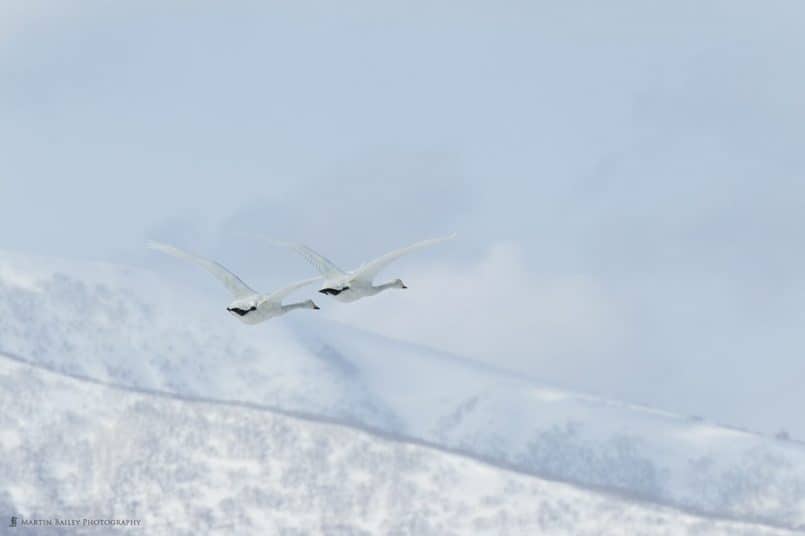
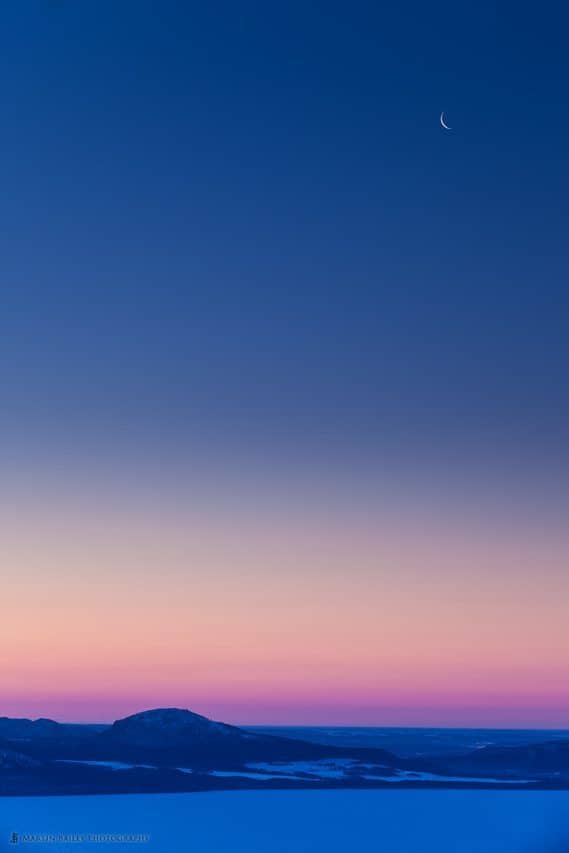
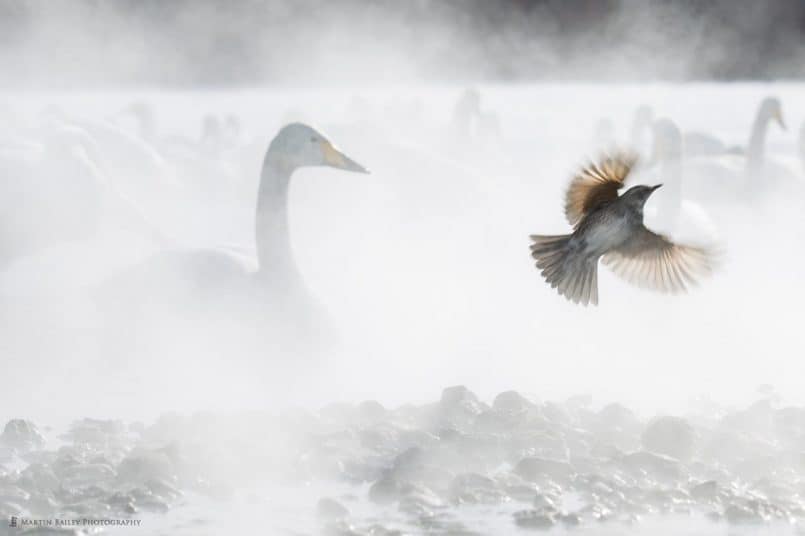
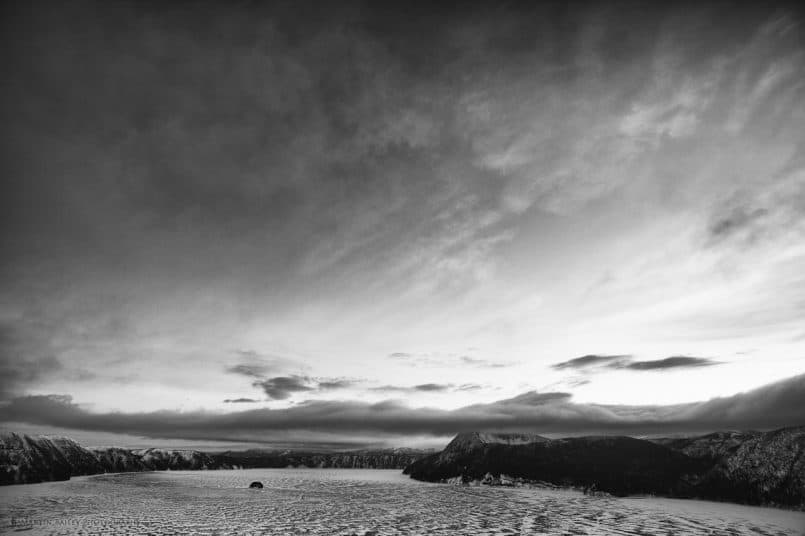
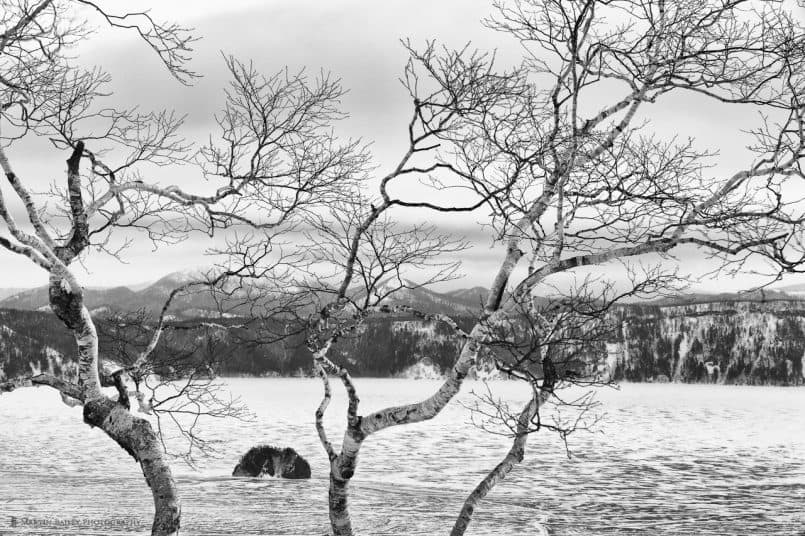
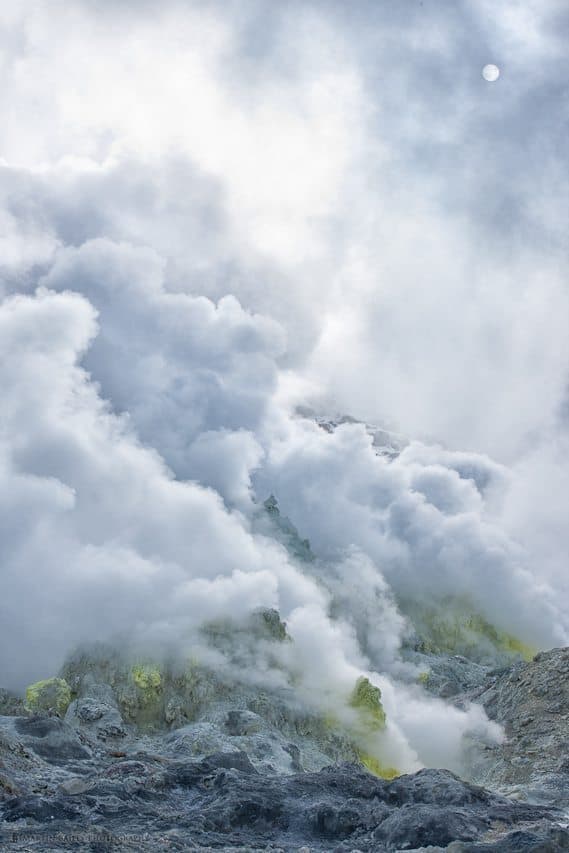
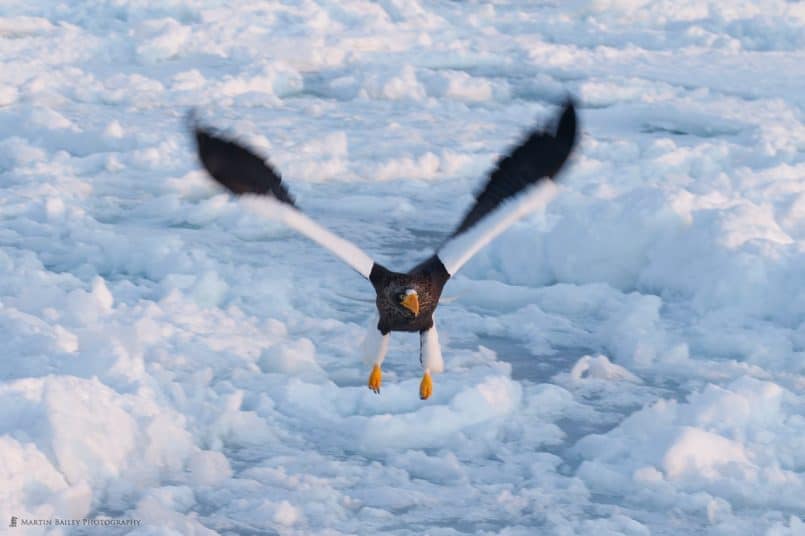



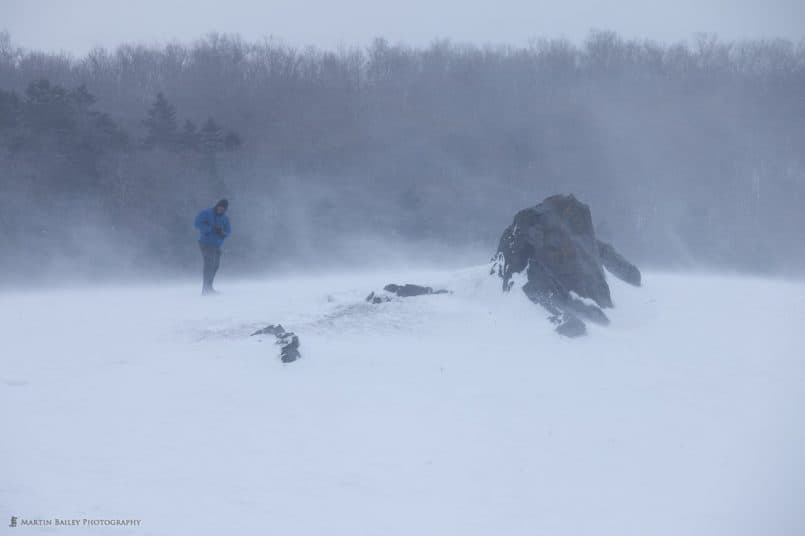
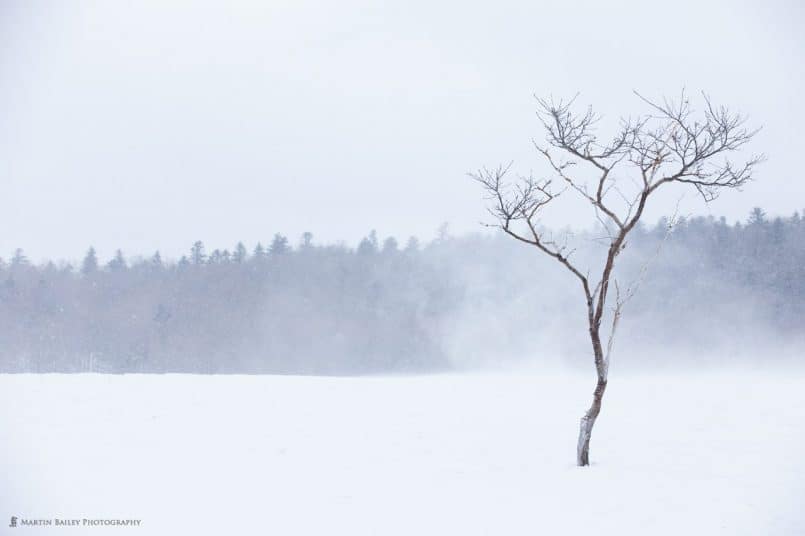

0 Comments